Disclosure: This article contains affiliate links. We may earn a commission from purchases at no extra cost to you, which helps our travel content.
The name 'Guantánamo' often conjures images of a controversial naval base, but this easternmost Cuban province holds natural and cultural treasures that remain largely unexplored by international travelers. As someone who's spent decades studying how humans interact with landscapes across seasons, I found Guantánamo's mountains, caves, and coastal paths to be a living laboratory of both archaeological significance and breathtaking beauty. Join me as I share my winter expedition through trails that tell stories spanning centuries of human habitation, from Taíno indigenous settlements to colonial coffee plantations reclaimed by the wild.
Preparing for Cuba's Forgotten Province
When planning this two-week expedition to Guantánamo's highlands and coastal regions, I quickly discovered that conventional guidebooks barely scratch the surface of what's available to serious hikers. The province's relative isolation—both politically and geographically—has preserved trail systems that remain wonderfully undeveloped yet accessible with proper preparation.
First, understand that this isn't resort Cuba. You'll need proper documentation beyond the standard tourist card, particularly for areas near (but not entering) the restricted zones around the naval base. I secured mine through the Cuban Embassy well in advance, specifying my interest in archaeological hiking.
Equipment requirements here differ from what you might pack for the American Southwest or Andean trails. The combination of humidity, unexpected rainfall, and dense vegetation demands specialized gear. My water filter proved invaluable when exploring remote areas where potable water wasn't guaranteed. Similarly, the moisture-wicking shirts I packed performed admirably in the microclimate shifts between coastal paths and mountain ascents.
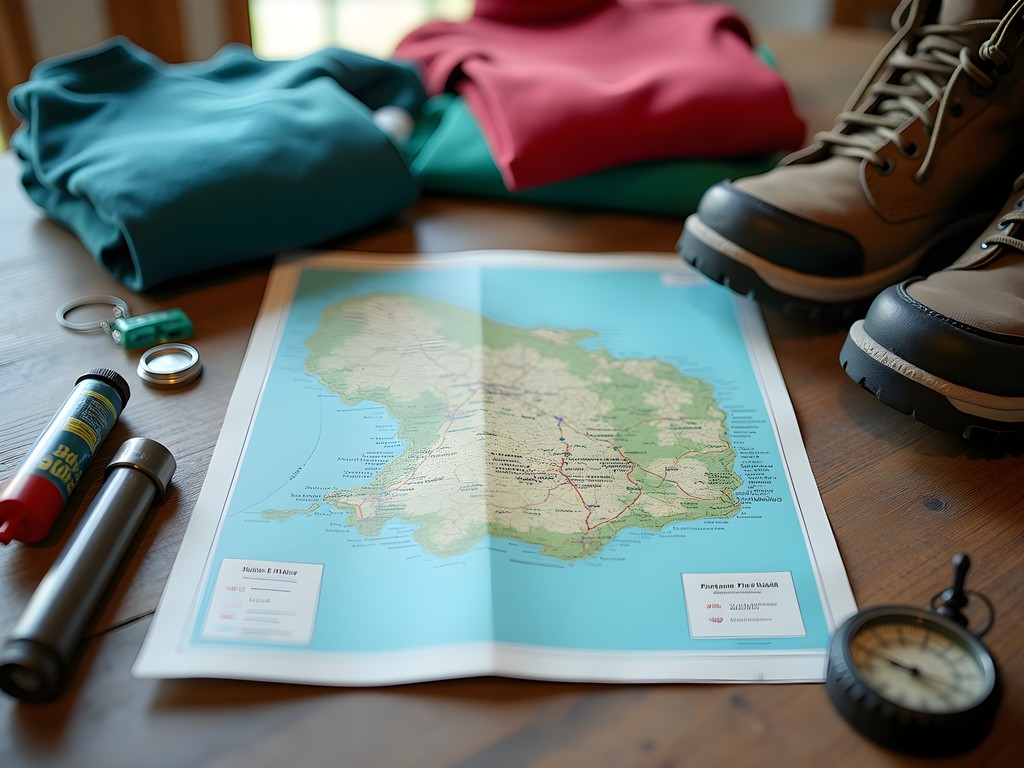
💡 Pro Tips
- Apply for specific hiking permits at least 3 months before your trip through the Cuban Ministry of Tourism
- Bring twice as much cash as you think you'll need—ATMs are scarce and often unreliable in remote areas
- Pack a physical Spanish-English dictionary; cellular service for translation apps is spotty at best
El Yunque: The Archaeological Ascent
The flat-topped mountain of El Yunque rises like a sentinel from the eastern landscape, visible for miles across Guantánamo Province. While technically part of neighboring Holguín Province, this UNESCO-protected site serves as the perfect starting point for understanding the region's archaeological significance.
The ascent begins gently enough, winding through former coffee plantations established by French colonists fleeing the Haitian Revolution. As a track coach, I've trained athletes to recognize how terrain affects pacing, and that principle applies perfectly to this hike. The initial 3 kilometers lull you with moderate inclines before the trail transforms into a challenging vertical puzzle of limestone outcroppings and exposed roots.
What makes El Yunque exceptional isn't just the physical challenge but the archaeological revelations along the way. Approximately two-thirds up the eastern face, a detour leads to a series of caves containing some of the best-preserved Taíno petroglyphs in the Caribbean. Having studied similar rock art in the American Southwest, I was struck by the symbolic parallels between cultures that never interacted—both using concentric circles to represent water sources and zigzag patterns for lightning or rain.
For this section, my headlamp proved essential for examining cave details while keeping hands free for climbing. The adjustable brightness settings allowed for examining fine petroglyph details without causing excessive light damage to sensitive archaeological features.
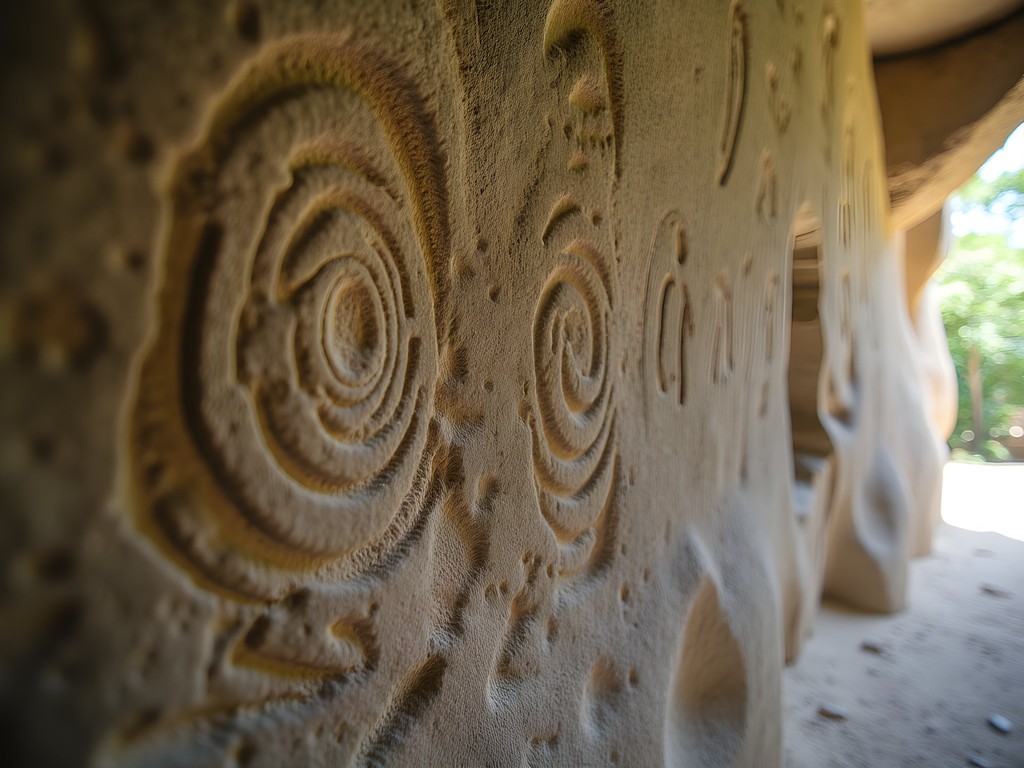
💡 Pro Tips
- Start the El Yunque hike no later than 7 AM to avoid afternoon heat and have adequate time for archaeological exploration
- Bring a small offering (flowers or fruit, never manufactured items) as a sign of respect when visiting Taíno sites
- Photograph petroglyphs using natural light when possible; if using artificial light, never use flash
The Coastal Coffee Trail: History Reclaimed by Nature
While most visitors to Cuba associate coffee plantations with the western regions around Viñales, Guantánamo Province holds the fascinating remnants of what was once called the Coffee Corridor—a network of French-owned plantations established in the late 18th century.
The 17-kilometer trail connecting these former plantations follows ancient trading routes that predate Columbus, winding through landscapes where nature has steadily reclaimed colonial infrastructure. As someone who studies how sites transform across seasons, I was particularly struck by how the winter dry season reveals architectural features that remain hidden during summer months when vegetation grows unchecked.
The hike begins at the partially restored Hacienda La Isabelica, where original coffee drying platforms provide an excellent vantage point for understanding the plantation's layout. From there, the trail becomes progressively wilder, with rusted processing equipment and crumbling stone walls appearing unexpectedly through the foliage.
The physical demands here differ from mountain hiking. The constant up-and-down of coastal hills combined with humidity requires different preparation. My cooling towel became my constant companion, providing remarkable relief when soaked in the occasional streams crossing the path. For tracking both the official trail and exploring off-shoot paths to hidden ruins, the offline GPS app proved invaluable in areas where cellular service disappeared completely.
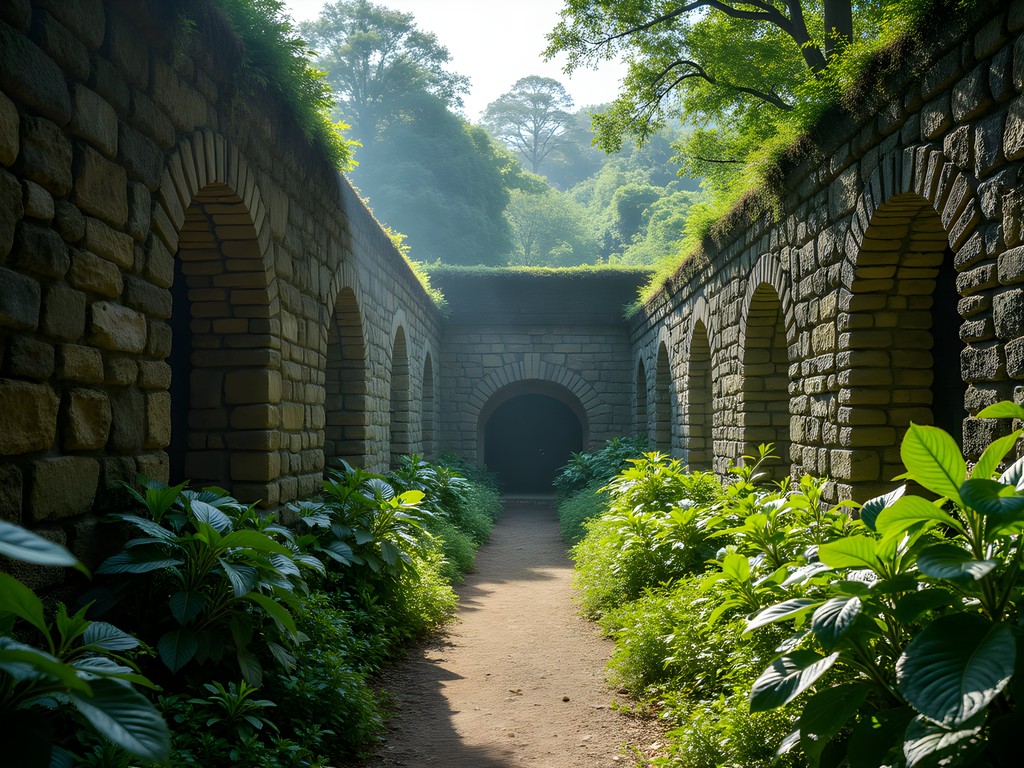
💡 Pro Tips
- Hire a local guide from Baracoa who can identify edible plants along the trail—many are descendants of plantation workers with generational knowledge
- Carry at least 3 liters of water per person despite the coastal proximity; freshwater sources are unreliable
- Pack lightweight rain protection even in the dry season; coastal microclimates can bring sudden afternoon showers
La Gran Piedra: Where Geology Meets History
The most physically demanding trail in Guantánamo Province leads to La Gran Piedra (The Great Rock), an enormous volcanic boulder perched improbably atop a mountain ridge. At 1,234 meters above sea level, the summit offers panoramic views extending from the Sierra Maestra mountains to the Caribbean Sea on clear winter days.
As a former track coach accustomed to analyzing terrain for training advantages, I approached this trail with professional interest. The path ascends through five distinct ecological zones, each requiring different hiking techniques. The initial tropical forest section features relatively gentle slopes but challenging root systems that demand careful foot placement. As you transition to pine forests at higher elevations, the trail steepens dramatically with loose volcanic soil creating treacherous footing.
What makes this hike archaeologically significant are the remnants of cimarron communities—settlements established by escaped enslaved people who fled plantations to create hidden mountain societies. These settlements were strategically positioned near natural caves that provided shelter while remaining invisible from the valleys below. The defensive positioning demonstrates sophisticated understanding of sightlines and natural camouflage.
For this challenging hike, proper footwear is non-negotiable. My hiking boots provided the ankle support and grip needed for the varied terrain. When temperatures dropped unexpectedly near the summit, my packable insulated jacket proved its worth despite adding weight to my pack.
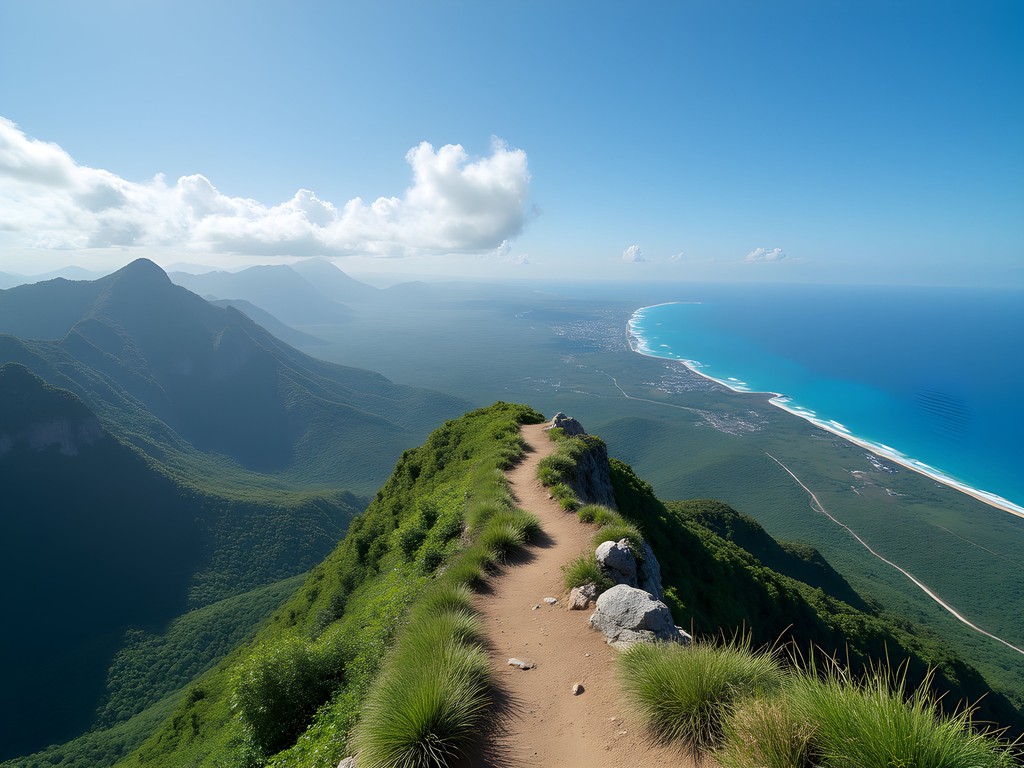
💡 Pro Tips
- Allow a full day (8-10 hours) for the complete La Gran Piedra circuit to avoid dangerous night descents
- Pack layers regardless of valley temperatures; the summit can be 15°F cooler with strong winds
- Respect cimarron historical sites by observing but never removing artifacts—even small pottery shards have archaeological significance
Connecting with Local Communities: The Cultural Dimension
Any archaeological expedition that ignores living cultural contexts misses crucial dimensions of understanding. Throughout my two weeks in Guantánamo Province, I made deliberate efforts to connect with communities maintaining traditional relationships with these landscapes.
In the mountain village of Yateras, I participated in a community mapping project where elders identified trails used for generations but absent from official maps. These knowledge-keepers shared insights about seasonal changes that affect trail conditions—information no satellite imagery could provide. Their understanding of how water flows change between summer and winter seasons proved invaluable for planning safe river crossings.
Near the coastal areas, I spent two days with a local botanist who specializes in identifying medicinal plants used continuously since pre-Columbian times. This knowledge transmission represents living archaeology—practices maintained across centuries despite colonization and modernization pressures.
For respectful community engagement, communication tools matter. My solar charger kept my translation device powered during multi-day excursions away from electricity. When sharing meals with local families, my travel spice kit became an unexpected conversation starter, allowing me to contribute familiar flavors to communal cooking while learning about local culinary traditions.

💡 Pro Tips
- Learn at least 20 key Spanish phrases focused on asking permission and expressing gratitude before arriving
- Bring printed photographs from your home region to share—this creates reciprocal exchange rather than one-sided observation
- Offer to share meal preparation when staying with local families; participating in daily activities builds meaningful connections
Final Thoughts
Guantánamo Province represents what I've come to value most in my decades of archaeological exploration—landscapes where human history and natural environments remain in conversation across centuries. The trails I've described offer far more than physical challenges; they provide windows into complex cultural narratives that defy simplistic understandings.
As climate change accelerates and political situations evolve, these fragile archaeological contexts face uncertain futures. The coastal trails particularly show signs of erosion that threaten to erase evidence of both indigenous and colonial histories. My hope is that responsible travelers will contribute to preservation efforts by hiring local guides, respecting site boundaries, and supporting community-based tourism initiatives that value cultural heritage.
For those willing to venture beyond the familiar Cuban tourism circuits, Guantánamo's trails offer rewards that transcend typical travel experiences. The physical demands of these hikes create natural limitations that have, ironically, helped preserve their authenticity. In a world where overtourism threatens so many significant sites, these paths remain places where discovery still feels personal and meaningful. The question isn't whether you should explore Guantánamo's hidden trails, but rather: are you prepared for how they might change your understanding of Cuban history, archaeological preservation, and your own relationship with landscapes shaped by human hands across time?
✨ Key Takeaways
- Guantánamo Province offers archaeological hiking experiences that remain largely undiscovered by international tourists
- Winter provides optimal hiking conditions with clear visibility and access to sites that may be obscured by vegetation in other seasons
- Connecting with local communities enhances both the cultural understanding and practical safety of remote trail exploration
📋 Practical Information
Best Time to Visit
December through March (dry season)
Budget Estimate
$1,500-2,500 for two weeks (excluding international flights)
Recommended Duration
Minimum 10 days, ideally 14-16 days
Difficulty Level
Challenging
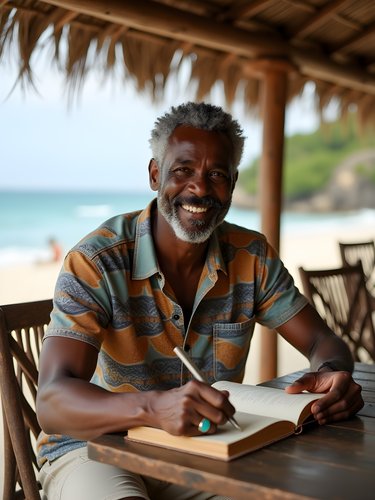
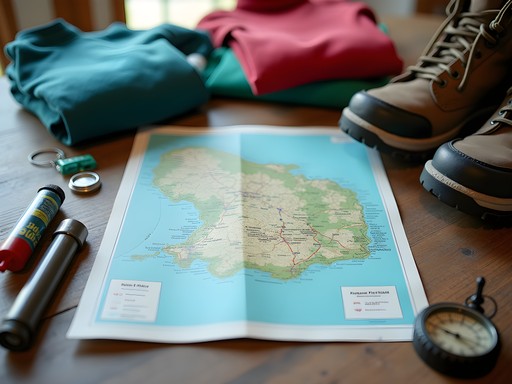
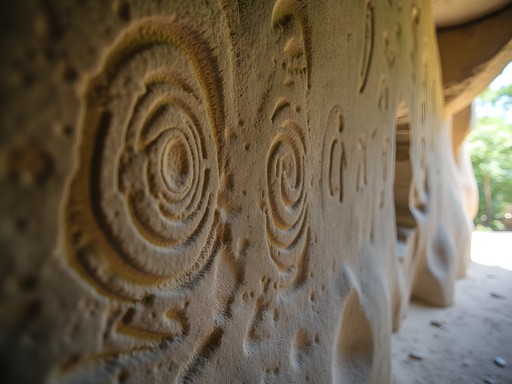
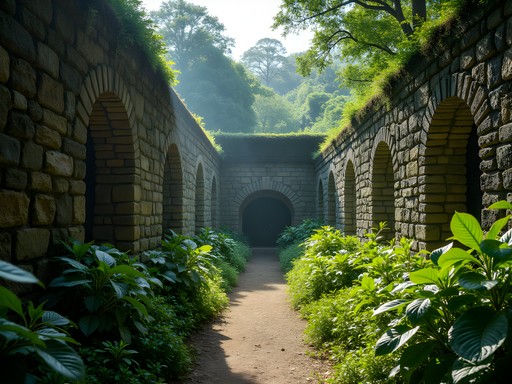
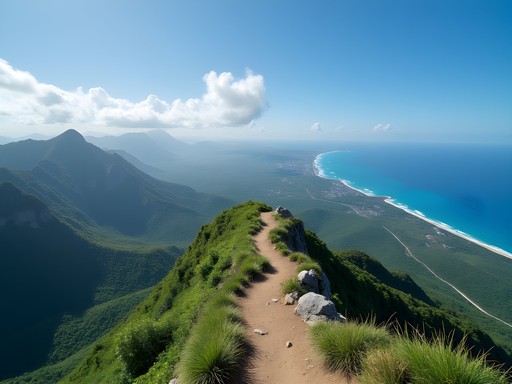
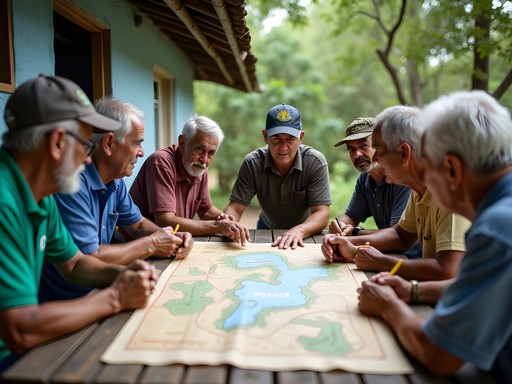






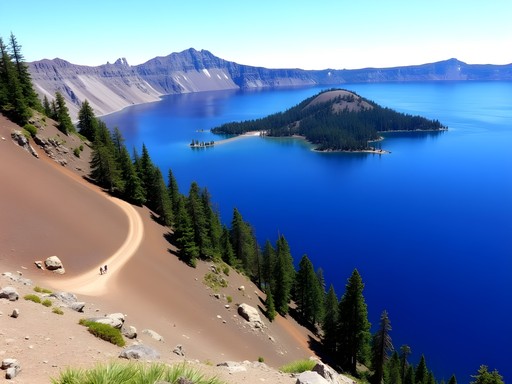


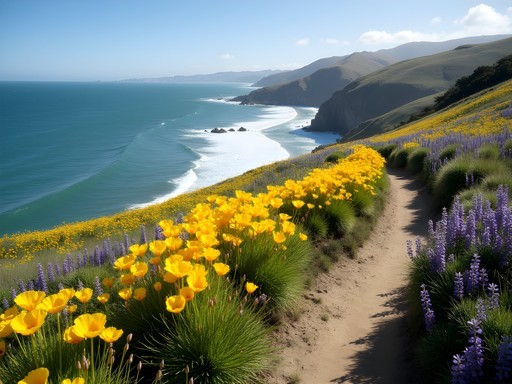
Comments
roamhero
I visited Cuba last year but stuck to the usual spots. Really wish I'd seen this before my trip! The coffee trail sounds fascinating. Did you find the locals receptive to tourists in this more remote area?
Jamie Owens
The locals were incredibly welcoming! Since tourism is still developing in this region, there's a genuine curiosity and warmth to interactions. Several families along the coffee trail invited me in for homemade coffee and conversation.
Mason Ferrari
Jamie, excellent coverage of an overlooked region. I trekked El Yunque last year and can confirm it's as spectacular as you describe. The archaeological elements are particularly fascinating - the indigenous Taíno presence is evident if you know what to look for. One thing I'd add is that the microclimate creates some challenging humidity, even by Cuban standards. The biodiversity compensates for any discomfort though - I documented 27 bird species and 14 endemic plants during my ascent. For those planning a visit, the permit system has been streamlined since 2023, but still requires advance planning.
Jamie Owens
Great points about the microclimate, Mason. The humidity is indeed challenging! Your species count is impressive - did you focus on the northwestern slope? That's where I found the greatest diversity.
Mason Ferrari
Yes, exactly - the northwestern approach has that perfect combination of elevation and moisture. I spent an extra day there specifically for that reason.
wildone
Great post! Any concerns about safety being so close to the base? Did you need special permits?
photodiver
This looks amazing! I've always been curious about Cuba beyond Havana. How did you handle transportation between these trails? Was it easy to find guides?
Jamie Owens
Thanks photodiver! Transportation was a mix of local taxis and arranged drivers. For El Yunque, guides are mandatory and can be arranged through guesthouses in Baracoa. The coffee trail is more independent, but I'd recommend a local guide for the historical context.
photodiver
That's super helpful, thanks for the quick response! Adding this to my bucket list for sure.
oceanperson7186
Just a heads up for anyone heading there - cell service is basically non-existent on these trails. Download offline maps before you go! I used Maps.me and it was a lifesaver when we temporarily lost our guide on El Yunque.
coolbuddy
Good tip! Did you have any issues with the authorities while hiking? I've heard the military presence can be a concern in some areas.
oceanperson7186
None at all! As long as you stick to the designated trails and have proper permits, it's totally fine. The only checkpoint we encountered was very friendly.
Douglas Bradley
Jamie, your article perfectly captures what makes Guantánamo Province special. I visited in 2023 for my cultural heritage project and was struck by how the region balances natural beauty with complex history. One addition I'd make - the local community-run tour groups are doing incredible work preserving both ecological knowledge and historical narratives that might otherwise be lost. I particularly recommend connecting with the Baracoa Historical Society if anyone wants deeper context before hiking La Gran Piedra. They offer pre-hike cultural orientations that transformed my understanding of the landscape. My hiking boots were essential for the muddy sections after rainfall - don't attempt these trails with regular sneakers during rainy season!
wanderlustadventurer
Is the Coastal Coffee Trail suitable for beginners? Planning my first international hiking trip!
Jamie Owens
The first section is definitely beginner-friendly! Just make sure to go with a guide as some parts can be confusing to navigate. The full trail gets more challenging after the old plantation ruins.
wanderlustadventurer
Thanks Jamie! That's really helpful to know.
redperson
Just got back from Cuba last month and we actually did the El Yunque hike! The archaeological aspects were fascinating but what Jamie doesn't mention is how HUMID it gets. Seriously, bring twice as much water as you think you need. The local guides were amazing though - our guy Miguel knew every plant and its medicinal use. Also worth noting the permit situation can be tricky - we had to arrange ours through our casa particular host three days in advance.
oceanperson7186
Did you have any trouble getting transportation to the trailheads? We're planning a trip and wondering if we need to rent a car.
redperson
We used a combination of local taxis and a guide service. Renting a car is possible but the roads can be rough and signage minimal. If you're not comfortable with that, definitely arrange guides in advance!
coolbuddy
Never thought about Guantánamo as a hiking destination! Eye-opening post.
Stephanie Romano
We took our kids (11 and 14) on the Coastal Coffee Trail last summer and it was surprisingly family-friendly! The ruins of the old coffee plantations were like a natural museum that kept them engaged. Our local guide, Miguel, was amazing with the kids and shared stories about his grandfather working on the plantations. The trail wasn't too strenuous, though there were a few steep sections. We stayed in Baracoa for 4 nights which gave us plenty of time to explore. If you're going with family, I'd recommend bringing good hiking shoes for everyone - the terrain can be uneven and sometimes muddy. The casa particular we stayed at (Casa Elvira) packed us an amazing lunch with local fruits and sandwiches. Definitely one of those experiences where the kids learned more from a day in nature than they would from a week in the classroom!
Venture X
Premium card with 2X miles, $300 travel credit, Priority Pass